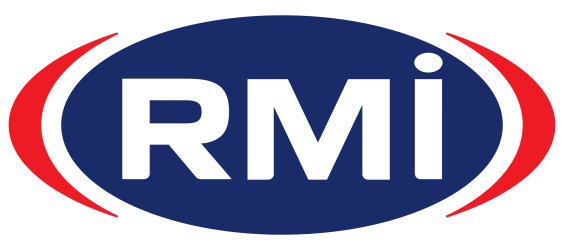February Truck Market Shows Encouraging Growth
The preliminary published February 2012 result for the South African market for commercial vehicles with Gross Vehicle Mass ratings of more than 3 500 kg, was still devoid of sales […]
NAAMSA Comments On February 2012 New Vehicle Sales
The National Association of Automobile Manufacturers of South Africa (NAAMSA) says new car and commercial vehicle sales for the month had registered modest gains compared to the corresponding month last […]
GMSA's Renews Sales And Marketing Team
General Motors South Africa (GMSA) has made a number of key leadership appointments in its Sales and Marketing Department to position itself for further future growth. Malcolm Gauld, GMSA Vice […]
Naamsa Quarterly Review Of Business Conditions
The following is NAAMSA’s quarterly review of business conditions for the South African motor vehicle manufacturing industry, during the fourth quarter of 2011, as submitted to the Director‐General, Department of […]

